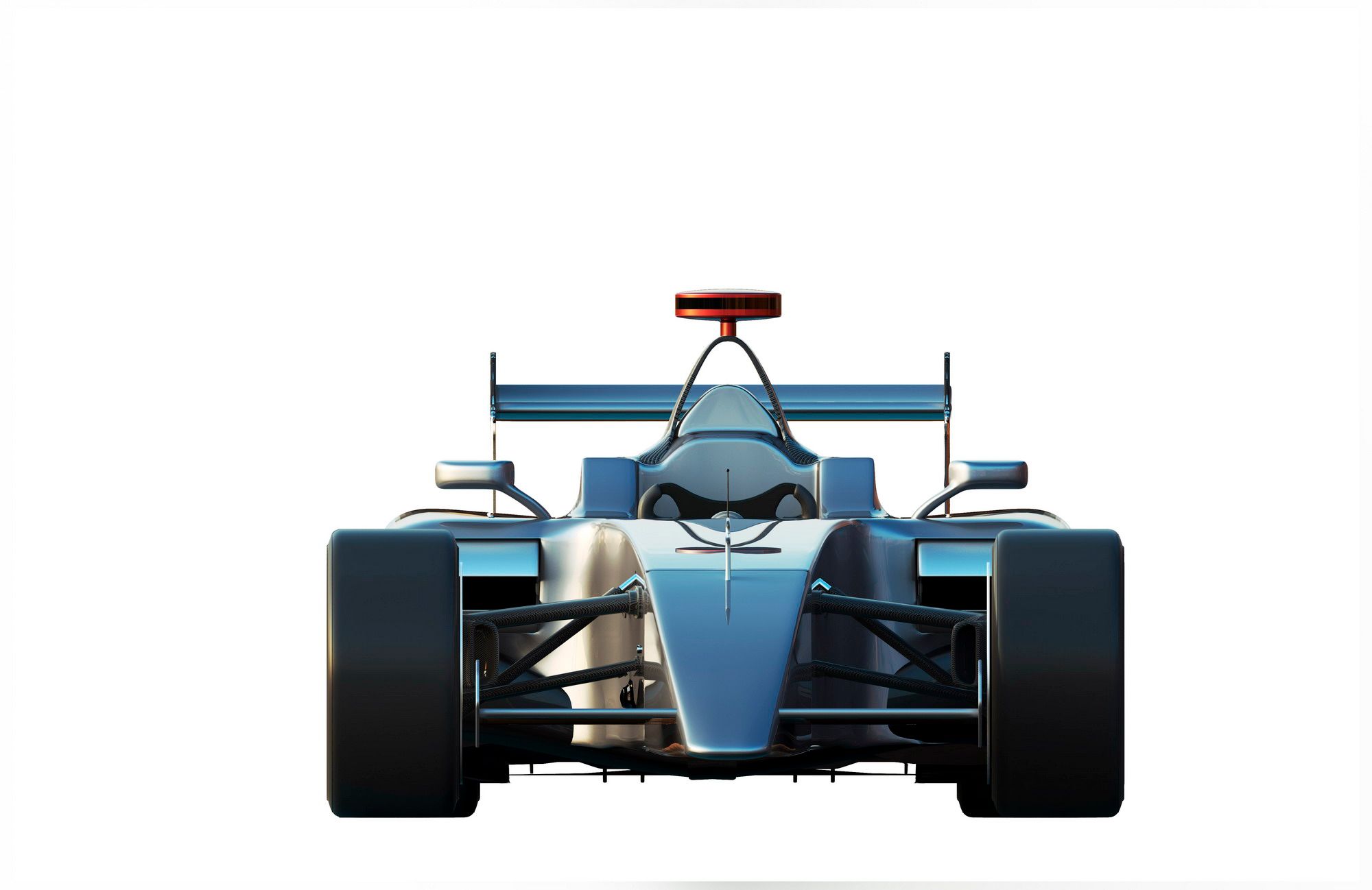A Formula One->ke190 car is easily recognizable in this day and age, but what lies ahead for the sport will quickly change the look and feel of these vehicles faster than we can say, "regulations suck." The FIA has already stated that these vehicles need to utilize a 1.6-liter turbo engine starting in the 2013 season and teams will also need to reduce their fuel consumption by 35%. So what happens to these cars when they have to be nipped, pulled, tweaked, and downsized?
Former Executive Director of Engineering of the Renault Formula One team, Pat Symonds, wanted an answer so he took it upon himself to design the 2020 Renault Formula One car. The car is being featured in Issue 179 of F1 Racing Magazine and offers up some unenthusiastic power figures. The design is characterized by low-profile tires on bigger wheels, the return of ground effects aerodynamics, Kinetic Energy Recovery Systems (KERS) that produce 250bhp, and a standard, non-downforce rear wing. We may have glazed over the 250bhp rather quickly, but that's because we aren't too jazzed about the decrease in power. However, these changes will need to be made in order to reduce fuel consumption and CO2 emissions.
"Taking into consideration all the variant motivators that drive regulations, I expect that the F1 car of 2020 will demonstrate much more change than has been seen over the past 10 years. A few simple assumptions can determine the basic architecture of the car. By the time we add a few changes, such as larger wheels and low-profile tires, we start to get a fairly clear picture of what the car might look like."
"The illustrations we’ve produced are certainly an artistic impression, but they capture the essential characteristics of a car that will be contesting the Formula 1 World Championship in 2020."
We have a feeling that unless some major changes are made, the thrill of Formula One will start to vanish soon. Let us know what you think about this in the comment section!
.

